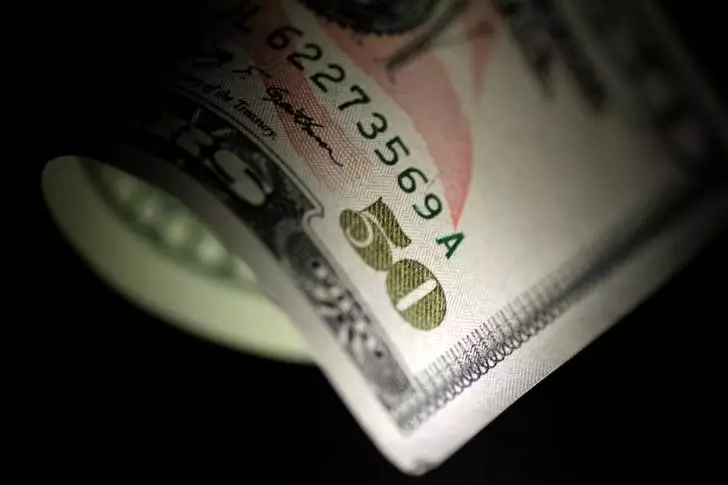Analyzing the Recent Resurgence of the US Dollar: Caution is Key

This week has marked a notable uptick in demand for the US dollar, reversing a protracted period of weakness that had previously characterized its performance. The Dollar Index, which gauges the greenback against six major currencies, recently dipped by 0.1% to settle at 101.642, yet remained close to a six-week peak. This index has achieved a weekly ascent of nearly 1.5%, registering its most robust performance since April. This transient rebound invites scrutiny on the sustainability of such gains, particularly against a backdrop of evolving economic indicators.
A confluence of factors has contributed to the dollar’s recent resurgence. Geopolitical instability has historically incited a flight to safety, propelling investors towards the dollar as a stable asset. Additionally, preemptive labor market data preceding critical reports on nonfarm payrolls and unemployment have shown slight improvements, infusing a sense of optimism regarding economic resilience. Concurrently, lower-than-anticipated inflation figures emerging from Europe have nudged market expectations towards a potential 25 basis points cut by the European Central Bank in October, further bolstering the dollar as a viable option amidst global uncertainties.
Despite these favorable conditions for the dollar, UBS analysts provide a sobering perspective, indicating caution moving forward. They suggest that if a downward trend in inflation continues in the U.S., the September figures could align closely with the 2% target. While this scenario is not deemed the most likely outcome, UBS acknowledges its plausibility. The mixed nature of recent labor market data complicates predictions; a substantial drop in inflation may pave the way for a more aggressive 50 basis points cut by the Federal Reserve in November.
Furthermore, the Swiss bank advises clients to remain wary of the current dollar strength. They predict a general trajectory towards dollar weakness in the months ahead and recommend utilizing this period of relative strength to reassess and mitigate exposure to the greenback. This perspective underscores the unpredictable dynamics at play, suggesting that investors need to remain agile.
For investors, the situation calls for nuanced decision-making. The potential for an impending Fed rate cut and the concurrent expectations in Europe emphasize the interdependent nature of global economies. Investors must consider not only the dollar’s current performance but also the broader economic signals emanating both domestically and internationally. Given the shifting landscape, strategies grounded in adaptability could prove essential for navigating the complexities of foreign exchange markets.
While this week has seen a resurgence in the US dollar’s appeal, the guidance from UBS underscores the importance of caution. Investors should remain vigilant and prepare to adjust their strategies in accordance with evolving economic indicators and geopolitical contexts, recognizing that while the dollar might currently shine, its future retains an air of uncertainty.





